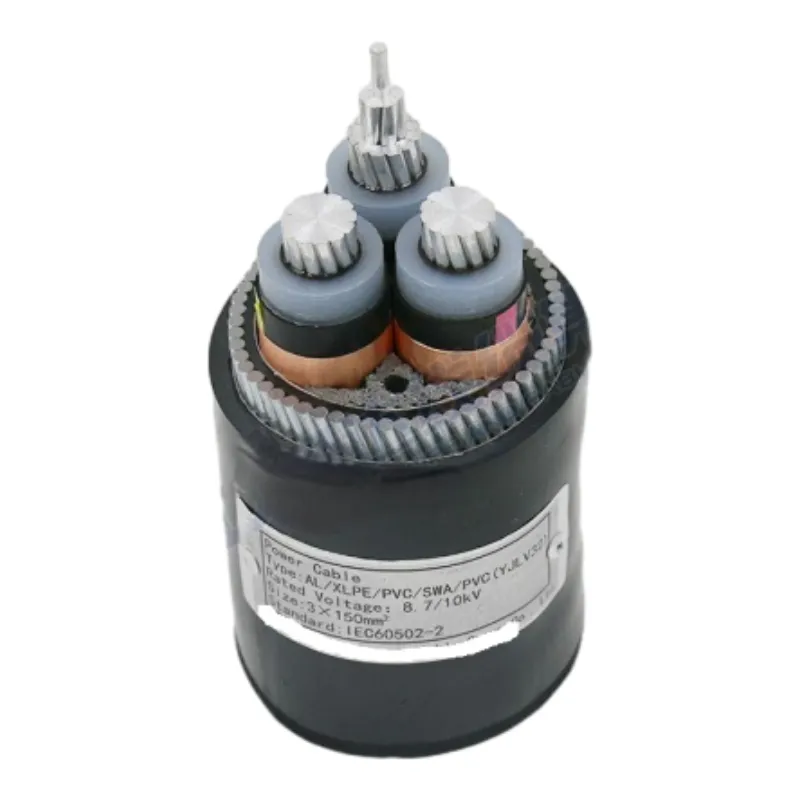9 月 . 02, 2024 04:11 Back to list
Sewage Air Release Valve - Efficient Wastewater Management Solutions
Sewage Air Release Valve Essential for Wastewater Management
In modern wastewater management, efficient systems play a crucial role in maintaining public health and environmental safety. One of the key components in these systems is the sewage air release valve. This device is essential for preventing the buildup of air and gases in sewer lines, which can lead to numerous operational issues if not managed properly.
Sewage systems are designed to transport wastewater from homes and businesses to treatment plants. Over time, as sewage flows through the pipes, air pockets can form due to changes in pressure and flow rates. These air pockets can hinder the flow of wastewater, causing backups and blockages that can lead to overflows and costly repairs. Moreover, trapped gases can result in the release of toxic fumes, posing health risks to workers and nearby communities.
The primary function of the sewage air release valve is to automatically release trapped air and gases from the sewer system. These valves are strategically installed at high points in the sewage pipeline where air tends to accumulate. When the pressure inside the pipe increases, the valve opens, allowing the excess air to escape. Once the pressure normalizes, the valve closes, ensuring that sewage flows smoothly without interruption.
sewage air release valve

There are different types of air release valves, including single-acting and dual-function models. Single-acting valves are designed specifically for releasing air, while dual-function valves can also provide vacuum relief, which is necessary during the filling of pipelines. This versatility allows for greater flexibility and efficiency in wastewater management systems.
Implementing air release valves not only protects the integrity of the sewage system but also enhances its longevity. By preventing blockages and mitigating pressure build-up, these valves reduce the risk of system failures that can lead to expensive repairs and environmental hazards. Additionally, maintaining an efficient flow of wastewater is crucial for treatment facilities to operate effectively, ensuring that the water returned to the environment meets safety standards.
Regular maintenance and checks on sewage air release valves are important to ensure their proper functioning. Over time, debris and corrosive substances in the wastewater can damage these valves, leading to malfunctions. Routine inspections and timely replacements are essential to avoid operational disruptions.
In conclusion, the sewage air release valve is a small yet vital component of wastewater management systems. By preventing air accumulation and reducing pressure build-up, these valves play a significant role in ensuring efficient sewage flow, protecting public health, and safeguarding the environment. As urban areas continue to grow and the demand for effective wastewater management increases, the importance of these valves will only continue to rise. Investing in high-quality air release valves and maintaining them properly will lead to more resilient and effective sewage systems for the future.
Share
-
Understanding the Differences Between Wafer Type Butterfly Valve and Lugged Butterfly ValveNewsOct.25,2024
-
The Efficiency of Wafer Type Butterfly Valve and Lugged Butterfly ValveNewsOct.25,2024
-
The Ultimate Guide to Industrial Swing Check Valve: Performance, Installation, and MaintenanceNewsOct.25,2024
-
Superior Performance with Industrial Swing Check Valve: The Essential Valve for Any SystemNewsOct.25,2024
-
Industrial Swing Check Valve: The Ideal Solution for Flow ControlNewsOct.25,2024
-
You Need to Know About Industrial Swing Check Valve: Functionality, Scope, and PerformanceNewsOct.25,2024